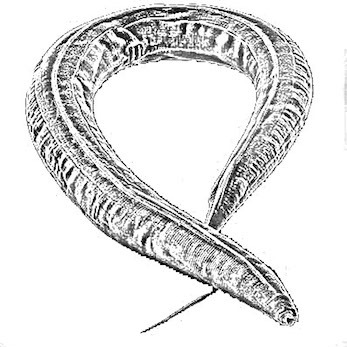Apr 30, 2020
Growing overnight bacterial culture in 96WP
- 1Imperial College London
- Behavioural Genomics

Protocol Citation: Priota Islam 2020. Growing overnight bacterial culture in 96WP. protocols.io https://dx.doi.org/10.17504/protocols.io.bfs9jnh6
License: This is an open access protocol distributed under the terms of the Creative Commons Attribution License, which permits unrestricted use, distribution, and reproduction in any medium, provided the original author and source are credited
Protocol status: Working
We use this protocol and it's working
Created: April 30, 2020
Last Modified: October 22, 2020
Protocol Integer ID: 36417
Abstract
Luria broth (LB) is a nutrient-rich media commonly used to culture bacteria in the lab. LB agar plates are frequently used to isolate individual (clonal) colonies of bacteria carrying a specific plasmid. However, a liquid culture is capable of supporting a higher density of bacteria and is used to grow up sufficient numbers of bacteria necessary to isolate enough plasmid DNA for experimental use. The following protocol is for inoculating an overnight culture of liquid LB with bacteria.
This is a general protocol for making a liquid bacterial culture in 96-well plate format from frozen stock plates.
The following parameters need to be mentioned for the specific type of bacterial strains inoculated:
| Parameters | Example | |
| 1. Name/s of the bacterial strain | OP50 | |
| 2. Growth temperature | 37C | |
| 3. Incubation time | 16-18hrs | |
| 4. Antibiotic resistance (if any) | None | |
| 5. Rpm of the shaking incubator (if needed) | 200-220 rpm if required |
Obtain LB Broth from the Media kitchen
LB Broth contents:
4gNaCl
4 g Tryptone
2 g Yeast Extract
Add dH2O to 400 mL
Wipe the work area with 70% ethanol and create a relatively sterile environment on the laboratory bench by using a simple gas-powered burner. Work under the hood if you have a large number of plates. Book the hood in advance in that case
Label the inoculation plates and the lids with the corresponding frozen library plate ID
Add 200ul liquid LB to each well of the 96-well plate using a multichannel pipette and a sterile reservoir.
Details of the plates used:
Name- Nunc MicroWell Plates with Nunclon Delta Surface-C (ThermoFisher Scientific)
Catalogue number- 143761
Well capacity- 300ul
Take the frozen library plates out of the freezer just before doing the inoculation to avoid the wells thawing completely (We want to avoid repetitive freeze thawing of the bacterial strains). You can also use dry ice to take all the plates out of the freezer at once. In that case, just before inoculation take the respective plate off the dry ice and leave at bench top for 2mins
Position the plates so that well A1 of every plate is at the top left. You can also put sticker on the replicator to mark A1 and H12, to avoid confusion and contamination
To use the replicator, strap some laboratory/masking tape around your index and middle finger together with the adhesive part on the outer side. Use the stickiness of the tape to pick the replicator by gently pressing on the surface
Insert the sterile replicator into the frozen library plate (make sure to touch the surface or puncture into the frozen wells to obtain sufficient bacterial cells
Dip the replicator into the inoculation plate with the LB broth (try to swirl the replicator slightly while inside the wells to ensure some bacteria has mixed with the liquid LB)
Put the replicator inside the autoclavable box to be sterilised for later use (Try to use one replicator for every inoculation plate to avoid contamination)
Cover the inoculation plates with plastic lids and/or breathable seals (Axygen Rayon breathable film sterile 50um, Catalogue number-AXY2008)
If the plates are not intended to be shaken then place them in an airtight box and put inside the incubator to avoid uneven evaporation of the LB and the wells drying up
Incubate the bacterial culture at the required growth temperature overnight (i.e. 12-18 hrs in general) with/without shaking depending on the growth conditions of the bacterial strains (If shaking is required at any temperature other than 37C, make sure to book the shaking incubator in advance)
Also, if the plates are meant to be shaken, make sure the wells have a maximum of 2/3 volume of their capacity (i.e. For wells with 300ul capacity do not exceed the volume of 200ul) Shaking rpm should be between 150-180rpm
After incubation, check for growth, which is characterized by a cloudy haze in the media
